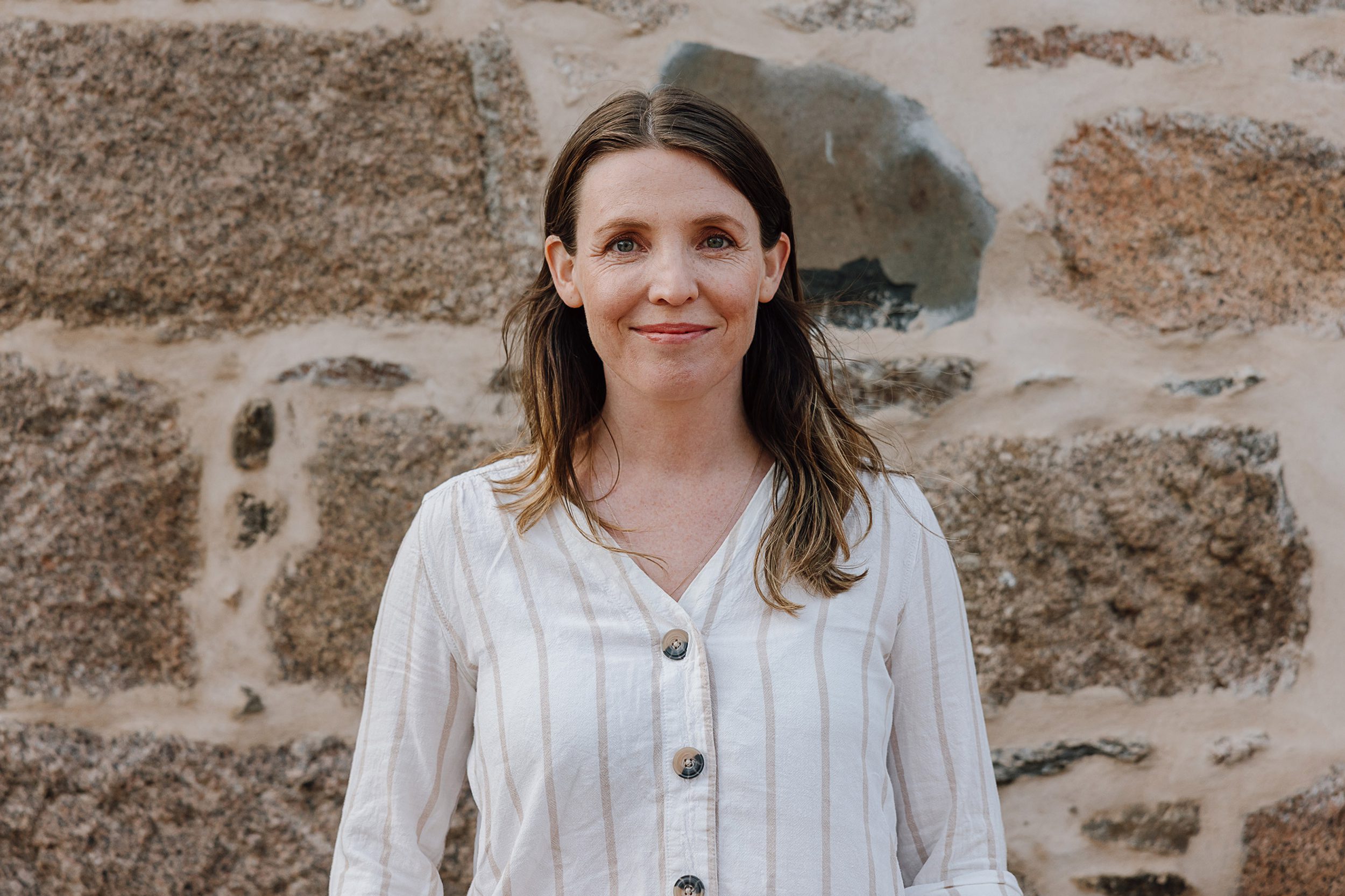
8 Things to Know Before Building a Passivhaus Home
If you’re new to Passivhaus, Rupert Daly, Passivhaus designer and associate director at John Gilbert Architects, provides insight into this low energy building standard. [10 Min Read Time]
Read
Expert advice from Tom McSherry of BuildStore on self-build mortgages, budgeting, insurance, warranties and meeting lender expectations.
Tom McSherry is the National Business Development Manager at BuildStore Mortgage Services. With 35 years in financial services [19 of those at BuildStore] and a background in construction, he’s helped hundreds of people navigate the challenges of financing their builds.
In this journal, Tom shares practical advice on how to get started with a self-build mortgage, the importance of planning your project around your budget, and what lenders are looking for in an application.
BuildStore is the UK’s leading self-build mortgage specialist, essentially a mortgage broker focused on self-build, custom build and renovation projects. They offer tailored mortgage products, expert advice and end-to-end support.
"We guide clients through every stage of the journey," says Tom. "From helping them find the right plot via our PlotSearch website, to securing finance and supporting them through to completion."
BuildStore provides access to the full market of lenders and self-build mortgage products, ensuring the right fit for every project.
Self-build mortgages fund a home that doesn’t exist yet, so this makes lenders naturally more cautious. Not all lenders offer self-build mortgages, so you’ll have a smaller pool to choose from compared to traditional options.
The key difference lies in how the funds are released.
With a traditional mortgage, you borrow a lump sum based on the value of an existing property, which you then use to make the purchase.
With self-build mortgages the money is released in stages [either in arrears or advance] as you reach key construction milestones. For example, with a Coldwells Build Passivhaus, the typical stages are:
Therefore, a lender might give you five to six stage payments to finance your Coldwells Build Passivhaus from buying the plot to completing the build.
"This staged release structure is designed to match the cashflow needs of the project," says Tom. "At BuildStore, we model your cashflow based on the specifics of your build, as no two are the same."
With a self-build mortgage, there are two different ways stage payments can be made:
"Engaging with a specialist mortgage broker should be one of your first steps, even before purchasing land or finalising your plans," Tom explains. "Early discussions help clarify how much you can borrow, set realistic expectations and align your budget with your design goals."
Tom stresses the importance of setting a clear, realistic budget from the outset and sharing this with your architect or design/build team. "These professionals should design your home to your budget, to avoid costly surprises later."
Including a contingency fund is essential, especially with recent rises in material and labour costs. "A buffer of 10–15% of your total budget can help cover unexpected price increases or delays," says Tom.
"However, this can be less if you’re working with a main contractor on a fixed price. That’s why BuildStore offers a build cost review from industry specialists—to ensure your budget is realistic before you start."

One of the first challenges many self-builders face is a bit of a catch-22: they don’t know how much they need to borrow until they find a plot, but they can’t confidently search for a plot without knowing how much they can borrow.
"It’s a common dilemma," says Tom. "But at BuildStore, we can help establish your budget early on, factoring in plot costs, professional fees and build costs so you know exactly what you’re working with."
From there, tools like PlotSearch allow you to find plots that match your budget, keeping you financially grounded while targeting the right opportunities.
When applying for a self-build mortgage, lenders typically require:
"These factors ensure that the project is feasible and risks are managed," says Tom.
"Yes," says Tom. "There are short-term mortgage products designed specifically for clients who may be asset-rich but income-poor."
These options don’t have the usual age restrictions of standard self-build mortgages because they focus on assets rather than income.
Tom adds, "There are time limits on how long you can have the funds for, so it’s important to work with a specialist like BuildStore to find the right product."
"Traditionally, self-build projects required a large deposit," says Tom. But that’s changing. "Through BuildStore’s lending partners, it’s now possible to borrow up to 95% of the plot cost and up to 95% of the build cost—making self-build a real option, even for first-time buyers."
Research shows that energy-efficient homes, such as those built to the world-leading Passivhaus standard, can make mortgages easier to afford due to significantly cutting heating bills and household running costs.
"Passivhaus homes are increasingly gaining lender recognition," says Tom.
"All of BuildStore’s lenders will finance Passivhaus homes and will support off-site manufactured systems, including structural timber frame, Structural Insulated Panels [SIPS] and Insulated Concrete Formwork [ICF]."
If you're applying for a self-build mortgage, your lender will require a structural warranty on the new home. This 10-year insurance policy protects you against defects in design, materials, or workmanship.
"Although the warranty only becomes live once your home is finished, it has to be arranged before work begins on site," explains Tom. "The warranty provider will send inspectors to the site throughout the project to make sure your property is being built to a specific standard."
Adding on structural warranty at the end of the build will make it more costly. Warranty providers will charge a higher price, as the inspectors won't have had full visibility of the build process.
In addition to structural warranty, the lender will want to see proof that you have taken out site insurance to cover you for any injuries on the site or property damage, and the cost of rebuilding the home if it’s destroyed.
Here’s how the process typically unfolds:
This will make sure the appropriate time can be taken to tailor your lending solution.
A clear budget enables you to share that with your architect or design and build team, so they can work within those parameters.
Make sure you insure the project with appropriate site insurance and a 10 year structural warranty.
Keep all documentation, plans and budgets up to date.
A contingency fund and flexibility in your timeline can alleviate stress.
Consider energy efficiency and future-proofing in your design.
Surround yourself with qualified professionals who can guide you through the process.
Working with BuildStore will ensure you have your hand held throughout the whole process with access to all lenders and products on the market.
Many of our clients ask about the best way to finance their Coldwells Build Passivhaus and the insurance coverage they’ll need.
To help, we’ve teamed up with BuildStore to create a comprehensive finance and insurance manual. It covers BuildStore’s range of services, including mortgages, site insurance and structural warranty, giving you the support to build your Coldwells Passivhaus with confidence.

A trained communicator, Clare co-founded Coldwells Build with the aim of improving consumer experience within the construction process. Working previously as a television director and journalist, she understands more than most, about the power of detail, organisation and timing.

If you’re new to Passivhaus, Rupert Daly, Passivhaus designer and associate director at John Gilbert Architects, provides insight into this low energy building standard. [10 Min Read Time]
ReadWe’ve created 8 free-to-download guides packed with tips on budgeting, plot finding and self-building. Essential reading for anyone planning to build their home.

An introduction to the Passivhaus standard — what it is, how it works and the steps you can take to achieve it in your new home.
Download